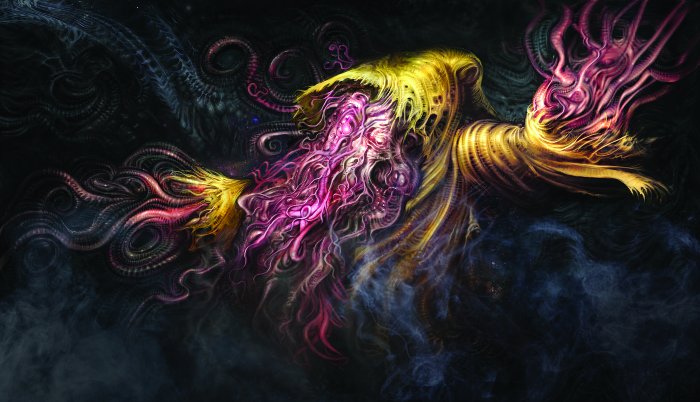My perusal of PF's catalogue was, I admit, incomplete. I didn't bother much with the military lines, simply because my campaign is going to be pretty standard Cthulhu - 1921 Boston, urban characters, probably not wandering too far from home. But I'd be remiss if I didn't mention that PF has numerous lines including U.S. Adventurers, the French Foreign Legion, the British Empire...
The minis are not specifically for Cthulhu. They're specifically pulp minis, meaning that the "occult investigator" niche isn't really represented. They're maybe a bit more, er, rugged than you might expect for a default Lovecraftian group. But here are certainly sets within the "Weird Science", "Gangland Justice", and "Heroes and Personalities" series, or figures within those sets, that are perfectly good for Cthulhu gaming. And if your campaign is more rugged than the default, many of the minis would be great.
| Not just archaelogists! RUGGED archaeologists! |
That said, I didn't order the "Drawing Room Detectives" set because I'd originally thought it was too tied to the Agatha Christie genre, but in retrospect they would've been a worthwhile purchase as investigators.
 |
| DON'T. READ. THE. BOOK. |
There are Hooded Minions, which I also didn't buy, because they seemed to be better suited to stories with two-fisted heroes like The Shadow. Again, perhaps I was being a bit too particular. Upon review they'd work fine.
But the Cultists are perfect for Cthulhu.
 |
| Hard-boiled P.I. confronts cultists. Tale as old as time. |
 |
| "You lookin' at me? I don't see anyone else here." |
And the other figures, even if not really suited for the typical Cthulhu party of PCs, would work fine as NPCs and antagonists. The News Hounds set (also from Gangland Justice) has some decent figures for Cthulhu.
"Dangerous Dames" from the "Heroes and Personalities" series has some good figs as well, though again, maybe a bit more rugged/adventurous than expected for "standard" Cthulhu.
 |
| Dangerous Dames vs. Female Cultists! FIGHT! |
If you want to go full-on gonzo pulp, maybe advancing to the 1930s (say, a game of Achtung! Cthulhu) you've got cultists in gas masks, Nazis, mad scientists, killer robots .... (All from the "Weird Science" collection.)
Physically, the minis are pewter, and cleanly sculpted. They are mostly free of excess metal, though a few will require filing or trimming. The main down side I see with these miniatures is the size of the various bases. A number of the bases are quite small; if used in a tabletop rpg, maybe a bit too small. The bases aren't standardized, and the minis don't use a slotted plastic base either. I think some of these minis will be a bit unsteady in the usual to-and-fro of a tabletop RPG session. I might try my hand at rebasing them at some point. (You'll notice most of the figs in the catalogue pictures have been rebased, so that's probably the expectation.)
Overall, though, these are great minis. The quality of these minis is such that I hold out hope that at some point Pulp Figures will put out an Occult Investigators line specifically tailored for Cthulhuesque shenanigans. But for the moment, while PF might not fill all your Cthulhu needs, there's certainly a lot of good stuff here.
And right now, Pulp Figures is busy working on fantastic Huron/Iroquois sets, including some supernatural beings like the "Stone Coat Giant" and the "Great Horned Serpent".
 |
| What's the saying..."Mess with the snake, get the horns?" |








